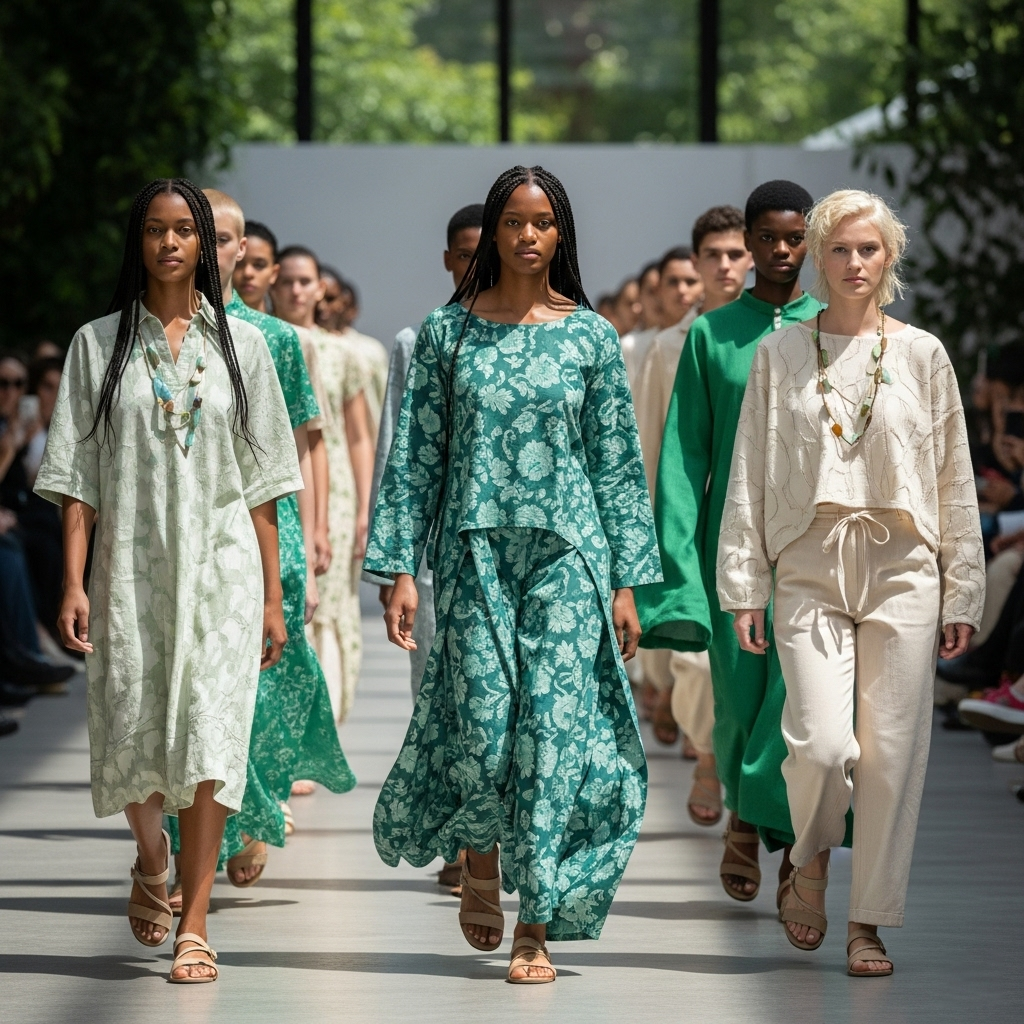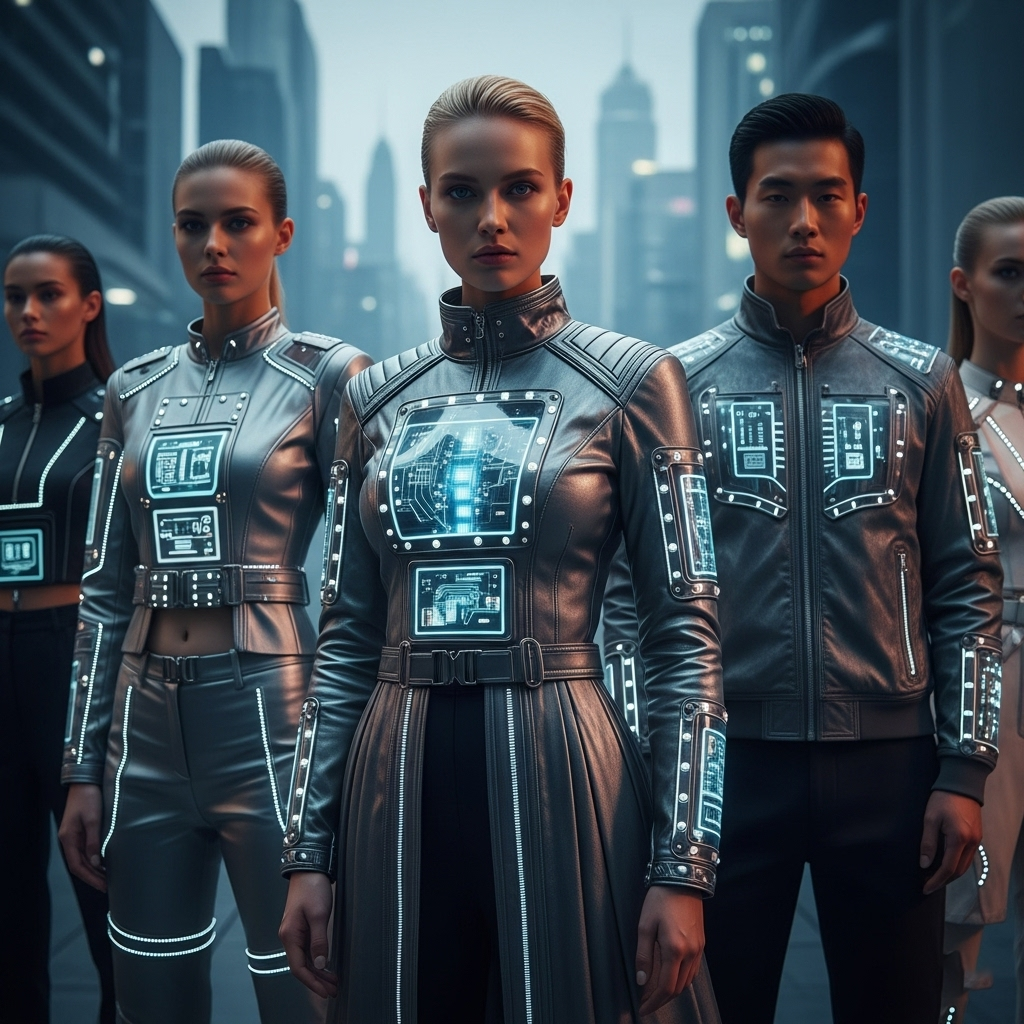No products in the cart.: $0.00
The Evolution of Sustainable Fashion

Sustainable fashion, once a niche movement, has evolved into a critical imperative for the fashion industry and a growing concern for consumers worldwide. Recognizing the significant environmental and social impact of traditional fashion practices, designers, brands, and innovators are increasingly exploring and implementing more sustainable approaches throughout the entire lifecycle of clothing.
The early days of sustainable fashion focused primarily on using eco-friendly materials like organic cotton and recycled fibers. While these remain important, the concept of sustainability in fashion has broadened considerably to encompass a holistic view of the industry’s impact, from raw material sourcing and production to consumption, disposal, and beyond.
One of the key drivers of the evolution of sustainable fashion is the growing awareness of the environmental consequences of the industry. These include water pollution from dyeing and finishing processes, greenhouse gas emissions from manufacturing and transportation, and the massive amounts of textile waste that end up in landfills. Consumers are increasingly demanding more transparency and accountability from brands regarding their environmental practices.
Social sustainability is another crucial aspect of the movement. This includes ensuring fair labor practices, safe working conditions, and ethical treatment of workers throughout the supply chain. Concerns about exploitation and human rights abuses in the fashion industry have spurred greater scrutiny and calls for improved social responsibility.
The evolution of sustainable fashion has also been marked by innovation in materials and technologies. Scientists and designers are exploring novel alternatives to conventional textiles, such as fabrics made from agricultural waste, algae, or even lab-grown materials. These innovations offer the potential to significantly reduce the environmental footprint of clothing production.
The concept of the circular economy has gained significant traction in sustainable fashion. This involves designing clothes with longevity and recyclability in mind, implementing take-back programs, and finding innovative ways to upcycle and repurpose textile waste. The goal is to move away from a linear “take-make-dispose” model towards a more closed-loop system.
Transparency and traceability are essential for building trust and ensuring the credibility of sustainable fashion initiatives. Consumers want to know where their clothes come from and how they are made. Technologies like blockchain are being explored to provide greater visibility into the supply chain and track the journey of garments from raw materials to the final product.
The role of consumers in driving sustainable fashion is also evolving. Increasingly, individuals are making more conscious purchasing decisions, opting for quality over quantity, supporting brands with strong sustainability commitments, and exploring options like buying pre-owned clothing, renting garments, and repairing or upcycling their existing wardrobes.
The rise of the secondhand market is a significant development in the evolution of sustainable fashion. Platforms for buying and selling pre-owned clothing are becoming increasingly popular, extending the lifespan of garments and reducing the demand for new production.
While significant progress has been made, the journey towards a truly sustainable fashion industry is ongoing. Challenges remain in scaling up sustainable practices, making them more affordable and accessible to all consumers, and effectively addressing the complex issues within global supply chains.
Collaboration across the industry, including designers, brands, manufacturers, policymakers, and consumers, is crucial for driving meaningful change. Sharing best practices, investing in research and development, and implementing supportive policies are all necessary steps towards a more sustainable future for fashion.
In conclusion, the evolution of sustainable fashion reflects a growing understanding of the industry’s impact and a collective effort to create a more responsible and equitable system. From innovative materials and circular economy models to greater transparency and conscious consumer choices, the movement continues to evolve and holds the promise of a more sustainable future for our wardrobes and the planet.




